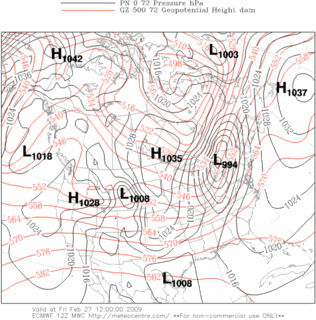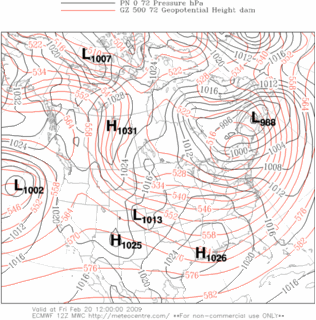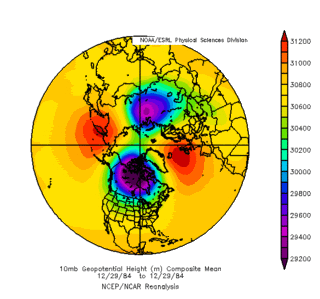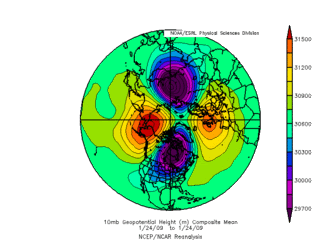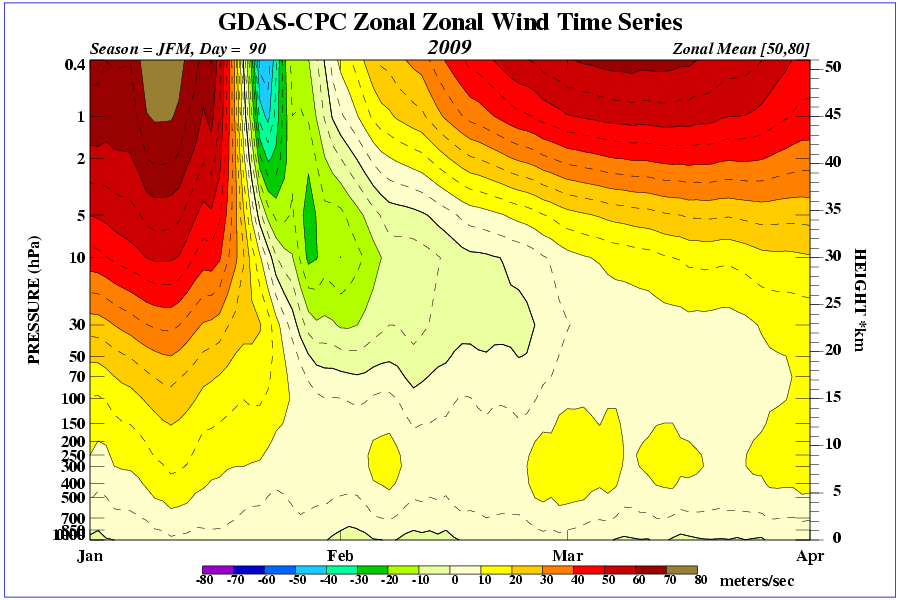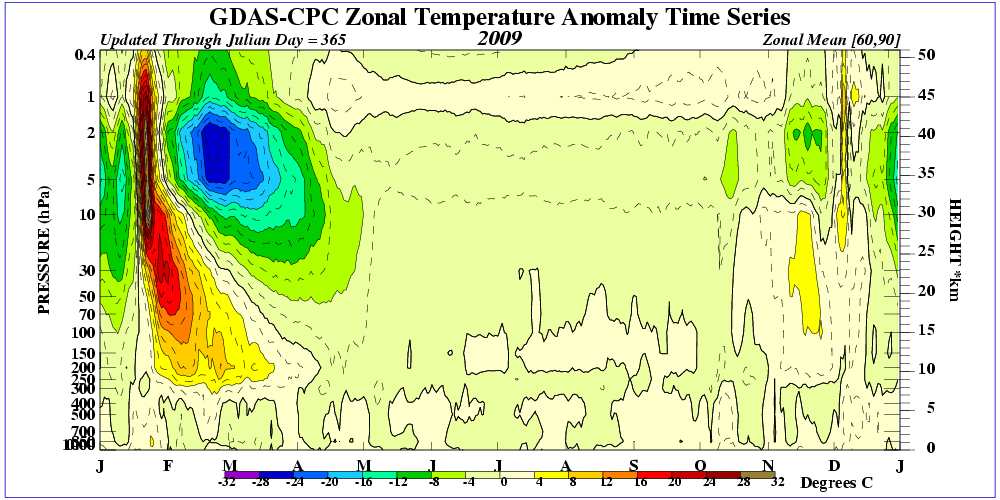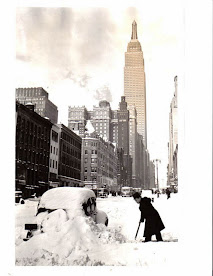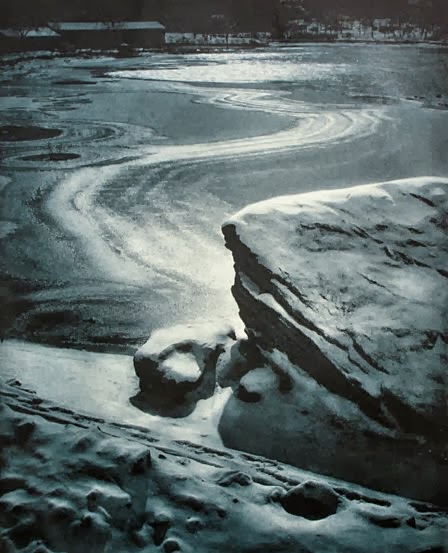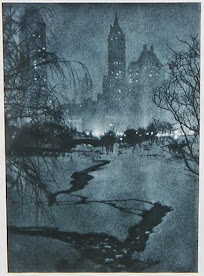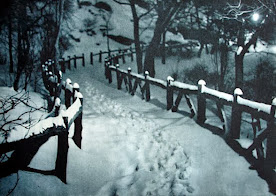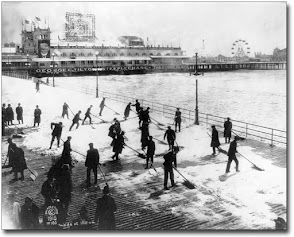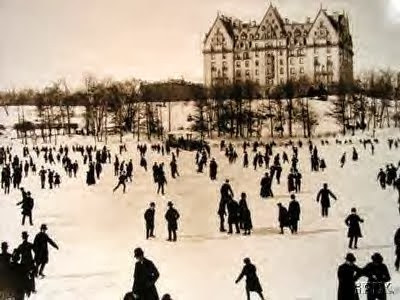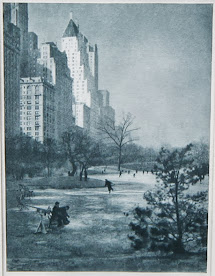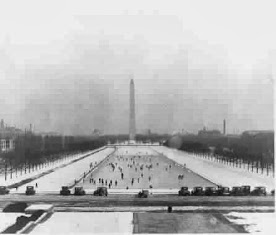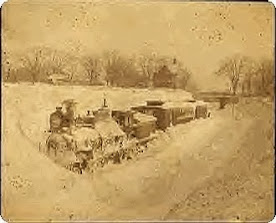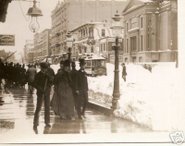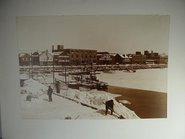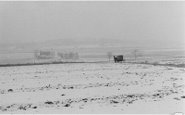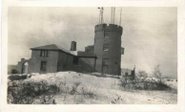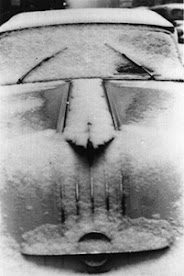Snow Storm #8: Call for Forecasts
 Multi-day event at hand offering early spring snows to mid-Atlantic and coastal New England stations. HPC/s "Heavy Snow / Icing Discussion" indicated poor consensus on the details among the NWP solutions such that this event could go either way.
Multi-day event at hand offering early spring snows to mid-Atlantic and coastal New England stations. HPC/s "Heavy Snow / Icing Discussion" indicated poor consensus on the details among the NWP solutions such that this event could go either way.
The forecast contest for Snow Storm #8 may be cancelled if forecasts from the next couple model runs suggest strongly the synoptics are unlikely to produce contest-worthy snows.
Cancellation notices will be posted on the web blog and the Contest/s web site only.
Deadline: 10:30 PM EST SAT...28 FEB 2009
Forecast element: storm-total snowfall
Verification begins: 12:01 AM EST SUN...01 MAR 2009
Enter your forecast here.
Follow the link from 'Enter Storm Forecast.'
Make the best forecast and you/ll win one month of FREE access to StormVista GOLD.
Details here.
More prizes will be awarded at the end of winter for the best over-all forecaster.
Details here.
As always...there/s no cost...or fee...or annoying requests for personal information to enter.
If you are making your first forecast this year or you entered the 'season-total' forecast contest...you/ll need to create an account (user name / password / valid e-mail...if you want a copy of your forecast sent to your Inbox) before entering a forecast.
Image: Winter on 5th Ave. (NYC) - Alfred Stieglitz (1892)




